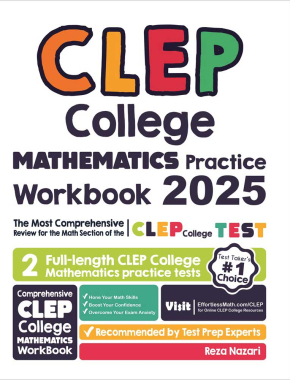Zero and One: The Fundamental Pillars of Mathematics
Understanding the properties of zero and one is fundamental in mathematics, especially regarding operations with real numbers. Let's explore these properties step-by-step.

Step-by-step Guide to Understand Properties of Zero and One
Properties of Zero
- Multiplication with Zero: For any real number a, the product of a and zero is always zero (a×0=0). This property is crucial because it underlines that multiplying any number by zero results in zero.
- Addition with Zero: For any real number a, adding zero to a does not change a (a+0=a). Similarly, a−0=a. This is known as the identity property of addition, where zero is the additive identity.
- Subtraction with Zero: Subtracting zero from any real number a leaves a unchanged (a−0=a). However, when zero is subtracted from a (0−a), the result is −a, the additive inverse of a.
- Division by a Nonzero Number: For any nonzero real number a, dividing zero by a results in zero (0÷a=0). This is because zero divided by any number is always zero.
- Zero Product Property: If the product of two real numbers a and b is zero (a×b=0), then at least one of the numbers must be zero. This property is fundamental in solving quadratic equations.
Properties of One and Minus One
- Multiplication with One: The product of one and itself is one (1×1=1). This demonstrates that one has a multiplicative identity.
- Multiplication with Minus One: Multiplying minus one with itself gives one ((−1)×(−1)=1), while multiplying minus one with one gives minus one ((−1)×1=−1).
- Identity Property of Multiplication: For any real number a, multiplying a by one leaves it unchanged (a×1=a).
- Multiplying with Minus One: Multiplying any real number a by minus one gives the additive inverse of a (a×(−1)=−a).
- Distributive Property of Minus One: For all real numbers a and b, multiplying the product of a and b by minus one gives the same result as multiplying a by minus one and then by b, or a by b and then by minus one (−1(a×b)=(−a)×b=a×(−b)).
- Negation of Negation: For all real numbers a, multiplying minus one by the additive inverse of a returns a (−1×(−a)=a).
- Division by One: For any real number a, dividing a by one results in a itself (a÷1=a), emphasizing that one is the multiplicative identity.
- Division by Minus One: Dividing any real number a by minus one gives the additive inverse of a (a÷(−1)=−a).
- Successive Integers: For any integer n, adding one to n yields the next larger integer, and adding minus one to n gives the next smaller integer.
- Counting and Inverse Addition: The smallest counting number is 1. Adding one and its additive inverse (minus one) results in zero (1+(−1)=0).
- Zero Sum Property: For any real number a, the sum of a and its additive inverse is zero ((1×a)+(−1×a)=a+(−a)=0).
These properties are vital in algebra and arithmetic, forming the basis for various mathematical operations and problem-solving techniques. Understanding and applying these properties can greatly simplify calculations and conceptual understanding in mathematics.
Examples:
Example 1:
If x and y are two numbers such that x×y=0, and x=5, what is y?
Solution:
According to the zero product property, if the product of two numbers is zero, then at least one of them must be zero. In this case, since x×y=0 and x=5, it means that y must be 0. Therefore, y=0.
Example 2:
If a is any real number, and you have the equation a×1+(−1)×a=b, what is the value of b?
Solution:
First, apply the identity property of multiplication, which states that any number multiplied by one is itself. So, a×1=a.
Next, multiplying a number by −1 gives its additive inverse. So, (−1)×a=−a.
Therefore, the equation becomes a+(−a)=b.
Since a+(−a) equals zero (as adding a number and its additive inverse results in zero), we get b=0.
Related to This Article
More math articles
- The Ultimate 7th Grade MCA Math Course (+FREE Worksheets)
- How much Does It Cost to Retake the CBEST Test?
- How to Decode the Definite Integral
- Word Problems Involving Volume of Cubes and Rectangular Prisms
- How to Prepare for the OAR Math Test?
- The Ultimate 7th Grade NDSA Math Course (+FREE Worksheets)
- A Comprehensive Collection of Free CBEST Math Practice Tests
- Pre-Algebra Practice Test Questions
- How to Unravel the Ties: Relationships Between Decimal Place Values
- How to Remove Discontinuity from a Function





















What people say about "Zero and One: The Fundamental Pillars of Mathematics - Effortless Math: We Help Students Learn to LOVE Mathematics"?
No one replied yet.